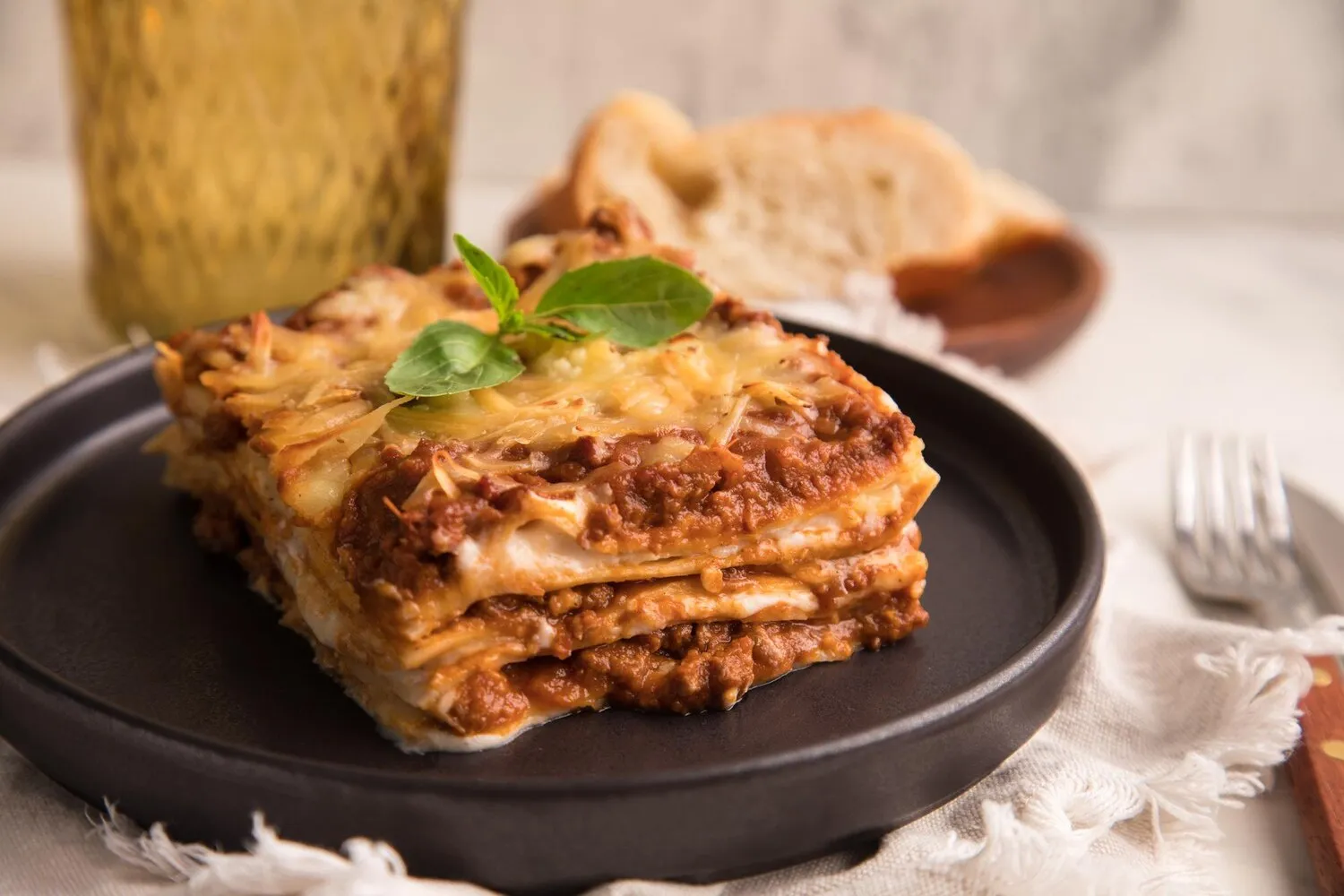
Risotto
Creamy risotto dish, often highlighted in reviews.
Nutrition Facts
* The % Daily Value (DV) tells you how much a nutrient in a serving of food contributes to a daily diet. 2,000 calories a day is used for general nutrition advice.
Risotto's origins can be traced back to the Arab influence on Sicily, which introduced rice to Italy. The dish began to take shape in northern Italy, particularly in the regions of Lombardy and Piedmont, where the short-grain rice varieties suited for risotto thrive. The addition of saffron, a key ingredient in Risotto alla Milanese, is also attributed to this period, potentially originating from the spice trade. Over time, risotto evolved from a simple peasant dish into a refined culinary staple, incorporating local ingredients and reflecting regional variations.
Risotto holds a significant place in Italian culture, representing a combination of regional culinary traditions and a focus on simple, high-quality ingredients. It is often seen as a comforting and elegant dish, served in both casual and formal settings.
Regional Variations
Risotto varies significantly from region to region in Italy, reflecting local ingredients and culinary preferences. Each region boasts its own unique variations, utilizing local produce, cheeses, and seafood.
Slow Food Movement
Risotto aligns with the principles of the Slow Food movement, emphasizing the use of locally sourced, seasonal ingredients and the importance of mindful cooking practices.
Communal Dining
Risotto is often enjoyed as part of a communal meal, where it is shared and savored among friends and family, fostering a sense of connection and conviviality.
Risotto offers a symphony of creamy, starchy, and savory flavors, often complemented by the specific ingredients used in each variation. The texture is key, aiming for a creamy consistency with a slight al dente bite to the rice.
The foundational flavor is derived from the starchy rice itself, typically Arborio, Carnaroli, or Vialone Nano. This is enhanced by the rich, savory broth (usually chicken, vegetable, or seafood), which is slowly absorbed by the rice during cooking. Butter and Parmesan cheese contribute to the creaminess and richness. Specific variations introduce additional flavor profiles, such as saffron's floral and slightly bitter notes in Risotto alla Milanese, the earthy flavors of mushrooms in Risotto ai Funghi, or the briny taste of seafood in Risotto ai Frutti di Mare. White wine often adds acidity and complexity to the overall flavor profile. Herbs like parsley, thyme, or rosemary can also be used to add freshness and aromatic qualities.
Rice Selection
Use a short-grain rice variety specifically suited for risotto, such as Arborio, Carnaroli, or Vialone Nano. These varieties have a high starch content, which contributes to the creamy texture.
Broth Temperature
Keep the broth simmering gently throughout the cooking process. Adding cold broth will lower the temperature of the rice and disrupt the starch release.
Constant Stirring
Stir the risotto frequently, but not constantly. This helps to release the starch from the rice and create a creamy texture. Avoid over-stirring, which can make the risotto gluey.
Mantecare
The final step of 'mantecare' is crucial. Stir in butter and Parmesan cheese vigorously to emulsify the risotto and create a glossy, creamy finish. This is what gives risotto its signature texture.
Explore additional Italian dishes and restaurants
Explore ItalianDiscover top dining spots and culinary experiences in Montpellier.
Explore MontpellierLearn more about the food culture, restaurant scene, and culinary heritage of France.
Explore France